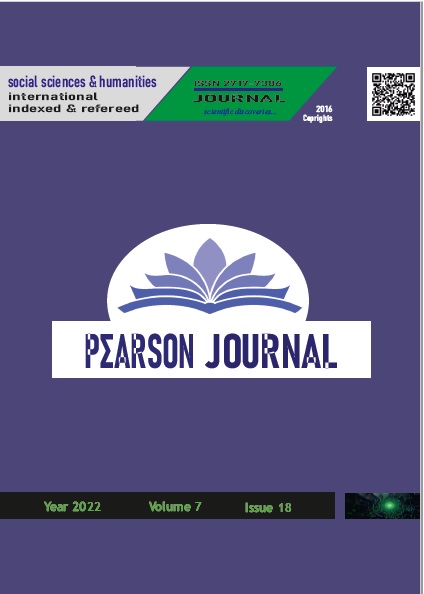EU-CHINA RELATIONS IN THE CONTEXT OF THE EU'S LEADERSHIP IN COMBATING CLIMATE CHANGE: COOPERATION OR COMPETITION
DOI:
https://doi.org/10.46872/pj.503Keywords:
Climate Change, EU- China Relations, European Green Deal, Climate Change GovernanceAbstract
Today, the fight against climate change has become one of the main issues of the global governance agenda. China and the EU are two key players engaged in global climate governance, whose interactions have had a major impact. The EU, which has put the issue of climate change on its agenda since the 1990s, has become a pioneer in the field of combating climate change with its initiatives in recent years. Especially with the European Green Deal announced in 2019, the EU has realized the goal of making Europe the world's first climate-neutral continent by 2050. accompanied by strict commitments. In September 2020, at the UN General Assembly, Xi Jinping stated that China will be a carbon-neutral country by 2060. Therefore, the EU sees China as an important actor in the fight against climate change. Therefore, the EU thinks that it should continue its cooperation with China on global climate change governance that will contribute to both sides. This study claims to show that the EU has shaped its approach to climate change around shaping global norms and increasing multilateral cooperation, and that it sees China as both a competitor and a collaborator at this point. The EU's use of this competition and cooperation to make China take the initiative in combating climate change may contribute to its becoming a global actor in the field of climate. For this reason, it would be appropriate to talk about both competition and cooperation between the EU and China on climate change.




